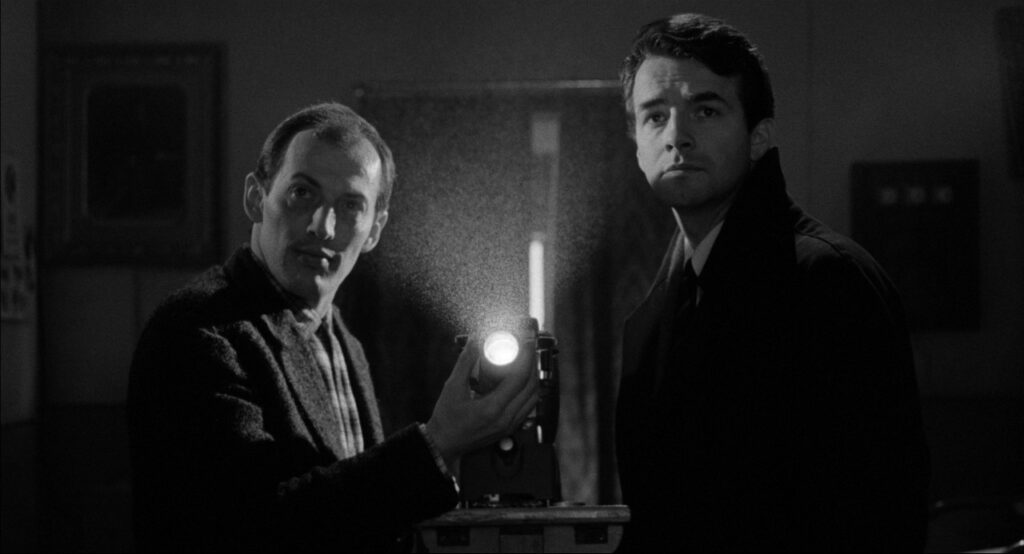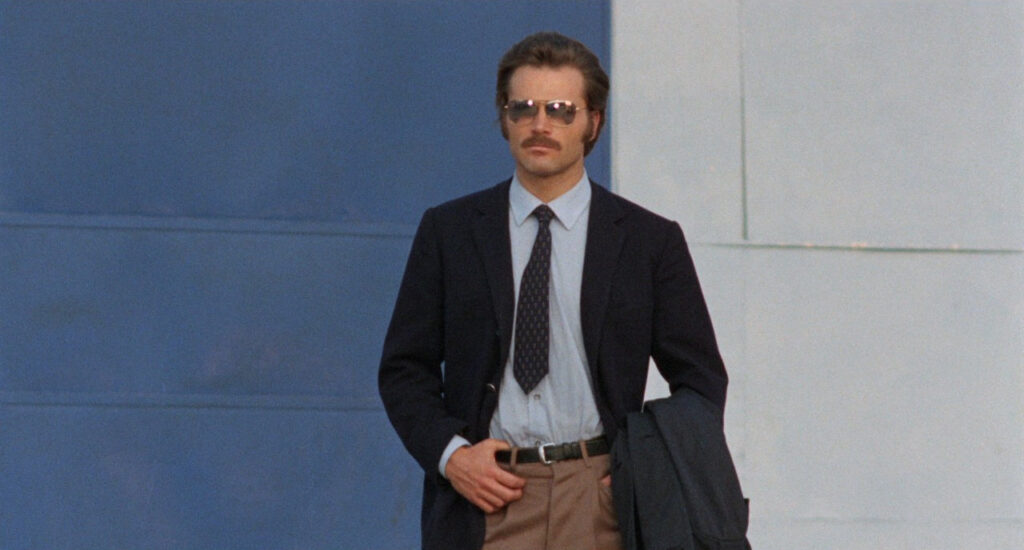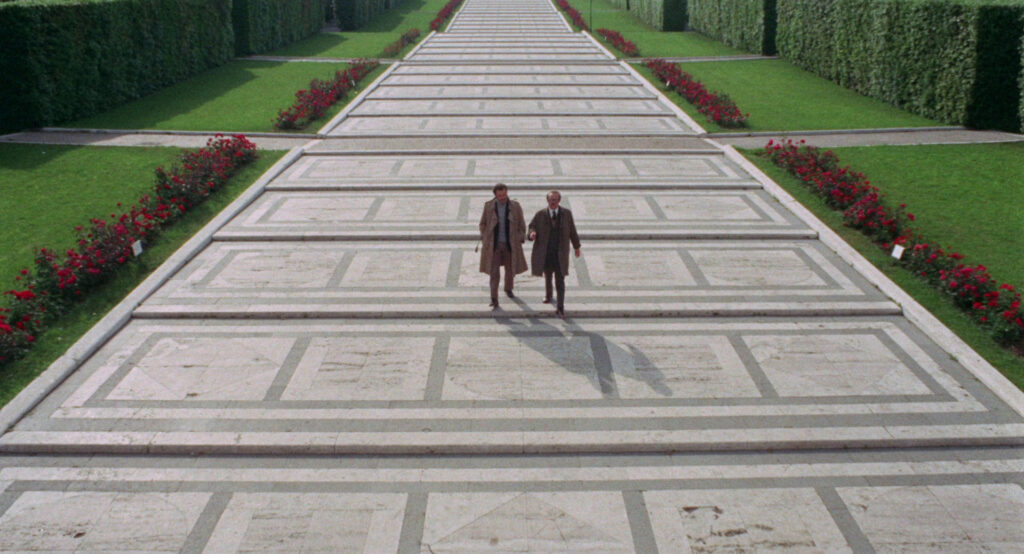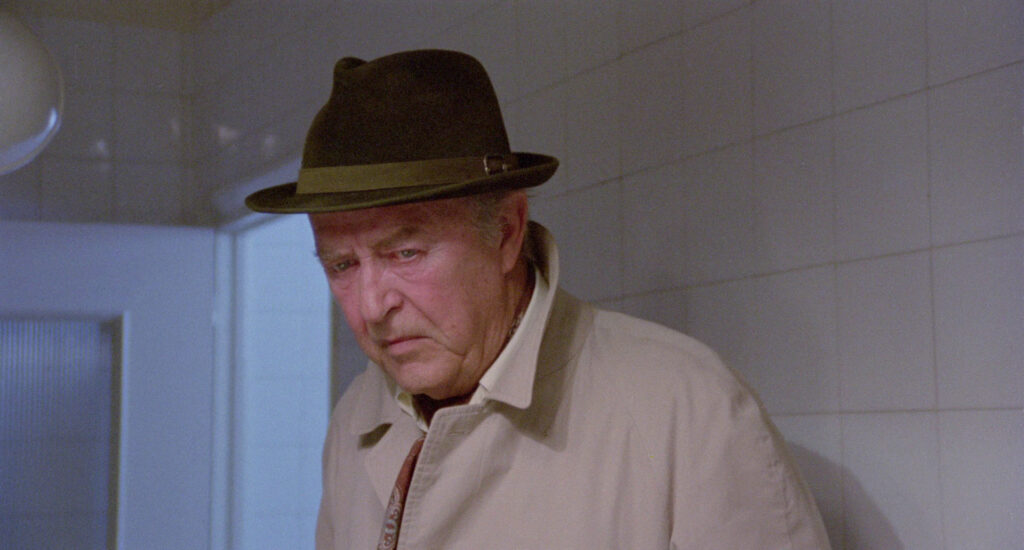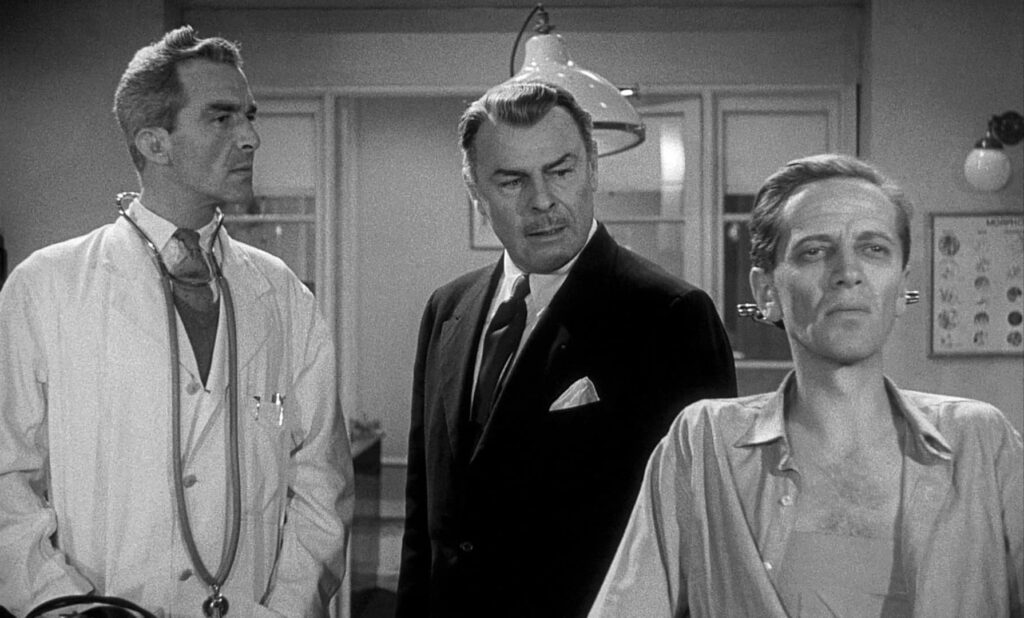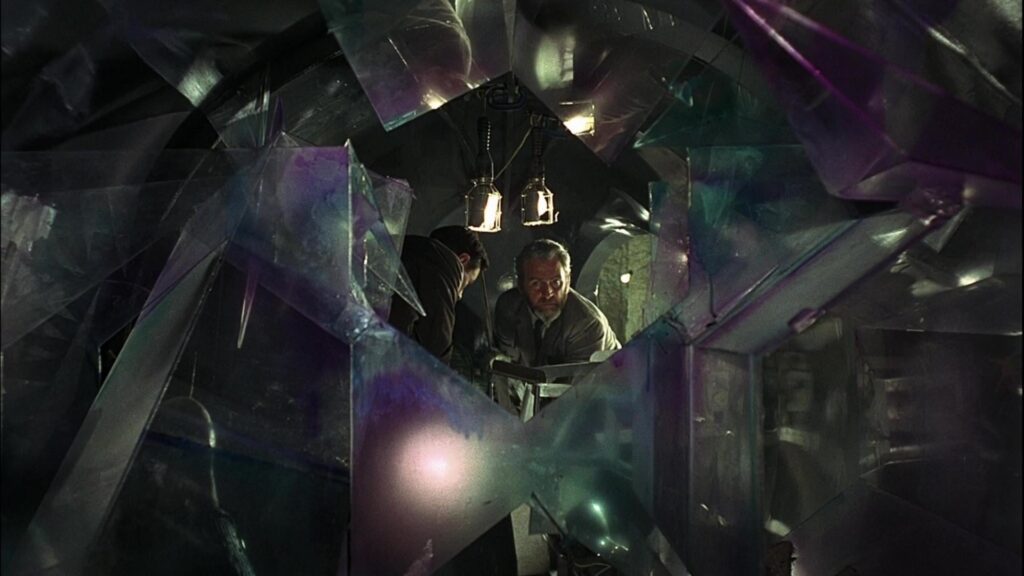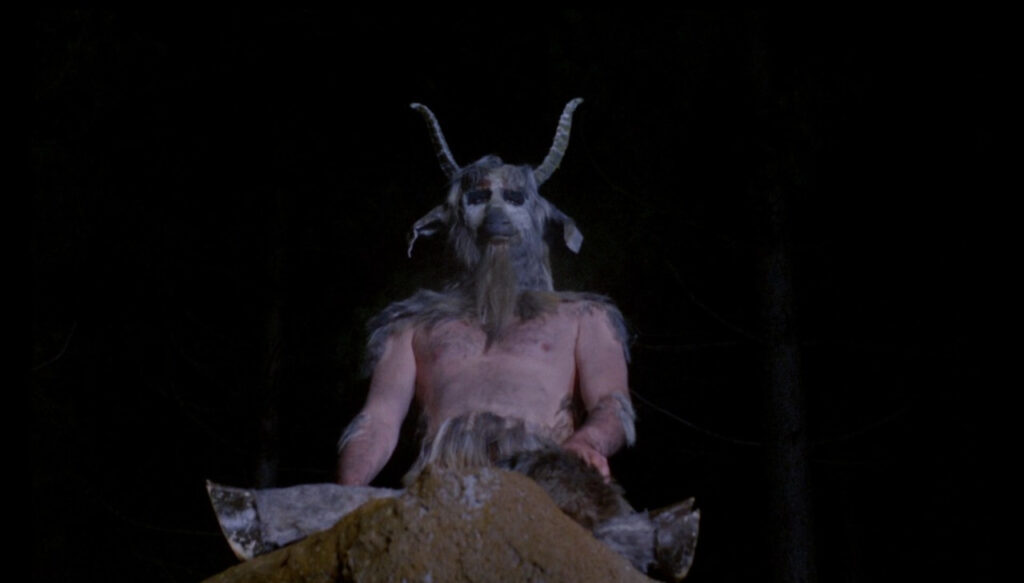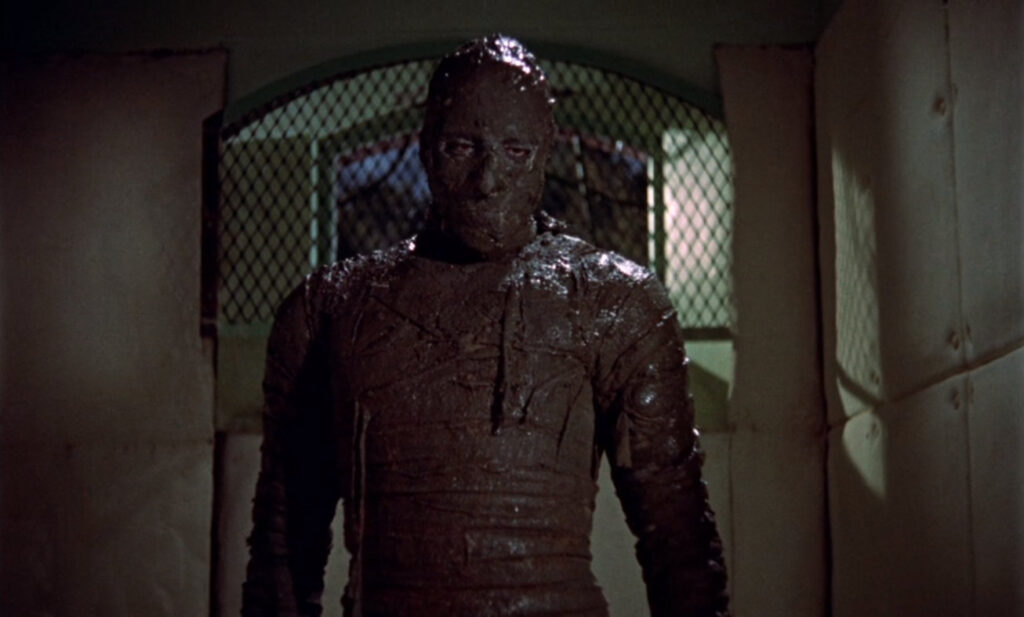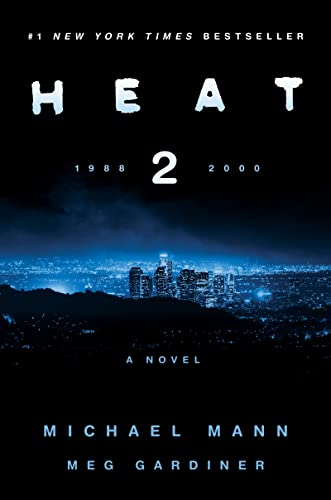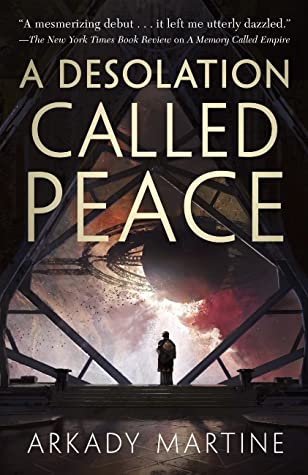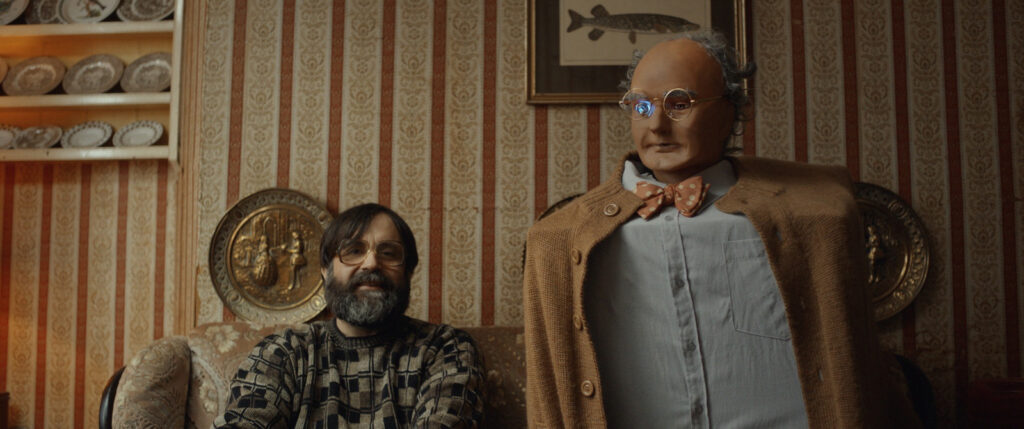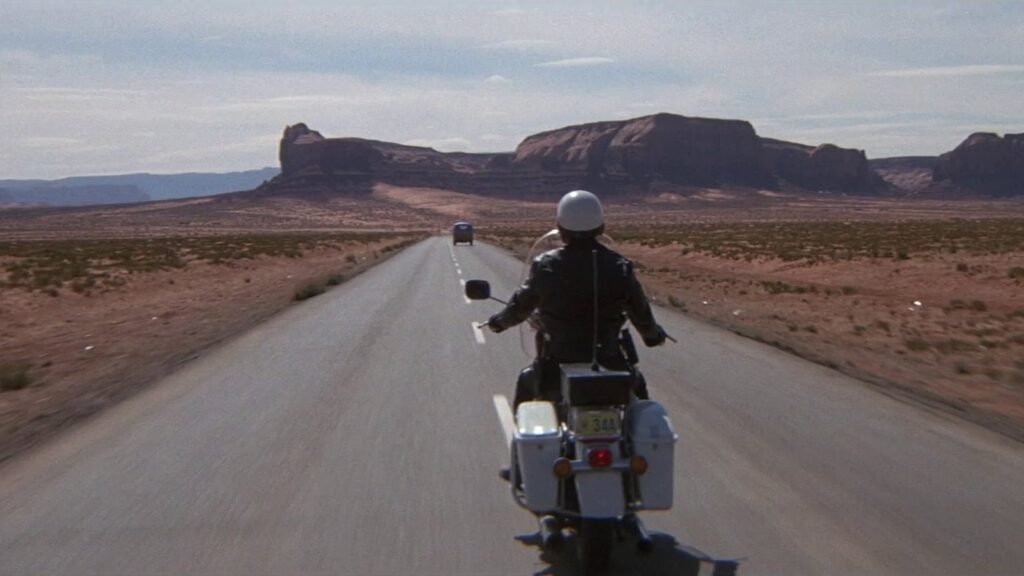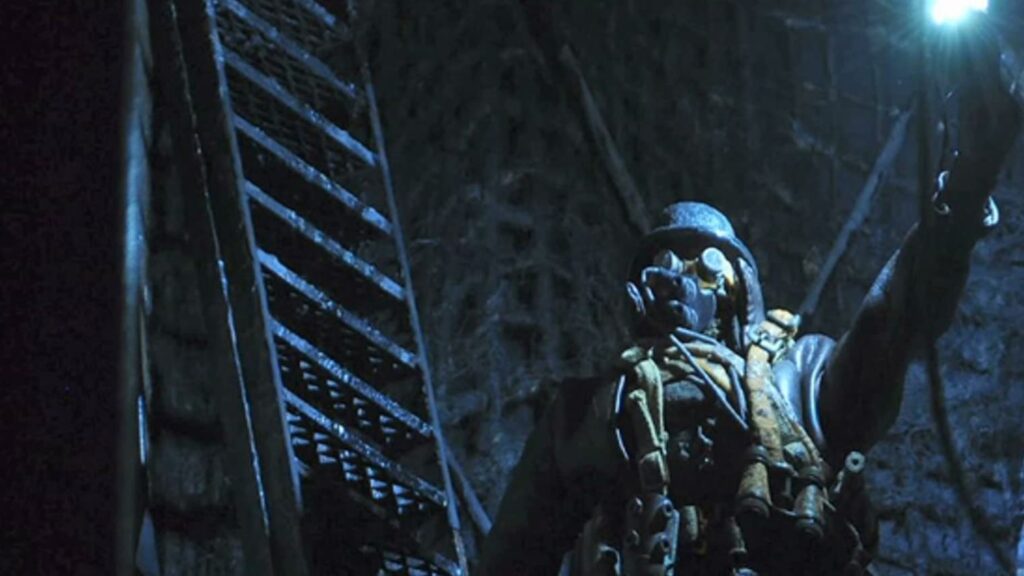Netflixing the 6WH: The Munsters and Day Shift
Back in the before times, the long-long ago, movie theaters used to have films called “programmers” or “B-movies” (or in countries trying to stimulate local film industry, “quota-quickies“) that would fill gaps in cinema schedules and support higher-profile, more expensive features. These programmers were cheaper, shorter, and usually genre exercises that were formulaic but crowd-pleasing. As time went on, these sorts of flicks shifted to television, drive-in theaters, grindhouses, and they sorta raised their own profile and morphed into exploitation cinema, cult movies, and whatnot.
Netflix’s insatiable desire for data-backed content to dump on their platform essentially represents the modern form of programmers. Sure, they’ve produced the occasional prestige film for Oscar consideration or to build big-name director relationships, but they’re mostly just chasing an algorithm. Think of the sorta Hallmark-esque Christmas movies they put out – cheap, formulaic, lowest-common denominator stuff that’s easy going and pleasant. They show up on Netflix, maybe pop on the main screen for a couple days, then get lost in the black hole of Netflix archives. Occasionally, Netflix splurges for bigger name stars and spends a lot more money… but they aren’t treated much differently. Maybe a teensy bit more algorithmic exposure here, a token theatrical exhibition there. These are effectively $200 million programmers (i.e. The Gray Man). Granted, budget numbers are a bit misleading due to the way movie financing works, but still.
The upshot of all this is that most Netflix-produced movies come and go without much fanfare at all, and the cultural impact (a vague phrase, to be sure) is almost always negligible. Anecdotally, you might hear people talking about it for a weekend, but then it disappears from the discourse forever (with the only exception being the discourse around how these films tend to disappear from the discourse (which, it should be noted, is not limited to Netflix – witness the enduring debate about Avatar)). This might be due to the formulaic algorithms they use to select and guide content or the overall quality of the movie or just the general model. Whatever the case, it’s sometimes interesting to take a look at these things, even if no one will remember these movies in a couple years (sanity check: Ah yes, I watched a couple of Netflix movies for the 6WH back in 2019 and I’m pretty sure I haven’t hear anyone mention either of those movies since then).
The Six Weeks of Halloween: Week 2.5 – Netflixing The Munsters and Day Shift
- Frankenstein’s Fiance (Robot Chicken)
- Frankenhooker (trailer)
- Young Frankenstein (trailer)
The Munsters (2022) – Have you ever wondered about Herman Munster’s origin story? How he was created? How he met Lily? How they got married and why they moved from Transylvania to California? No? Well too bad, because that’s what this movie is all about.
I’m being overly snarky here and this is exactly the sort of movie that I’m predisposed to hate. The trailer did not inspire much confidence and while I think Rob Zombie is always an interesting filmmaker, I rarely love his work. That being said, I do have a certain nostalgia for The Munsters TV show and while my expectations were low, I do try to keep an open mind and I always go into a movie wanting to like it. As such, this wasn’t as bad as I feared… but that’s a very low bar. I’m a little conflicted about almost every element of the movie.
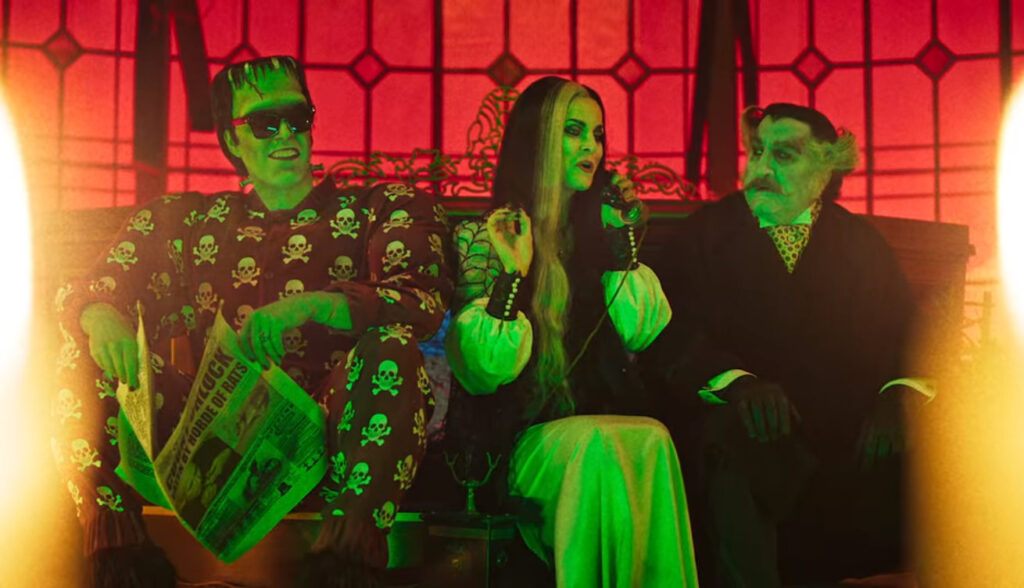
For example, the film is going for a bright-colored campy aesthetic that is actually an interesting approach. There’s definitely a sorta digital flatness that permeates throughout, and sometimes bright colors can only do so much before they start to feel silly, but it’s better than the drab, lifeless, dull affect that seems so popular these days. A surprised character is shown in closeup with a kaleidoscopic background? Neat. Oh, are they going to keep doing that lightning bolt wipe to transition between scenes? Hmmm. I have a certain respect for what’s being attempted visually, even if it doesn’t always work.
Tonally, it’s also doing some strange things. Zombie is known for his more mean-spirited, redneck vibes and very little of that shines through in this PG rated movie (which is smart, I should add), but there are a few moments where something leaks in that doesn’t feel quite right. Similarly, there’s an odd strain of cultural references that seem more relevant to the 60s TV show than to a movie made in 2022. Does anyone really get a Bobby Darin reference? Even the Sonny & Cher bit, which is culturally ubiquitous enough I guess, is still a stretch. This is clearly an intentional choice and it isn’t necessarily bad… but I feel like it’s not that great either?
The Munsters TV show wasn’t exactly highbrow humor, and I think there’s something to be appreciated about puns and terrible dad jokes, but the humor here also feels a bit… off. Look, there’s nothing less funny than analyzing why something is (or is not) funny, and so much of what makes humor and laughter work is involuntary in nature, so I’ll just note that I chuckled a few times. On the other hand, some jokes are cringey, and not just in the fun dad joke or punny way. And oh, did they just accentuate a joke with a slide whistle? Oof.
The performances have a similar erratic feel to them. Everyone is absolutely going for it, but there are times when things seem a little too strained. This could also be due to the runtime, which does feel long. I suspect some of this would go over better if various segments were tighter. Plotwise, there’s not really much to go over, and it does play more like an overlong pilot episode than a movie (the actual first episode of The Munsters doesn’t even really cover this ground, they just trusted the audience to piece things together).
In an alternate universe, a butterfly in Brazil flapped its wings an extra two times, resulting in several minor differences during the production of The Munsters, turning it from a mixed bag mediocrity into an utter masterpiece that fires on all cylinders. Unfortunately, that’s not our universe, and honestly, I’m not sure what exactly hampers this universe’s version of the movie. That I don’t entirely hate it is impressive enough, but again, that’s a low bar and it’s not exactly good either. Another one of those Interesting Failure type of movies, I think. I don’t exactly recommend this, but there are worse ways to spend your time. **
- Vampire 8:00-9:00 PM (Robot Chicken)
- Blade (trailer)
- Jack Chop (short)
Day Shift – A vampire hunter has a week to come up with some cash to pay for his kid’s tuition and braces, so he joins up with the local vampire hunting union and gets partnered with a by-the-books desk jockey.
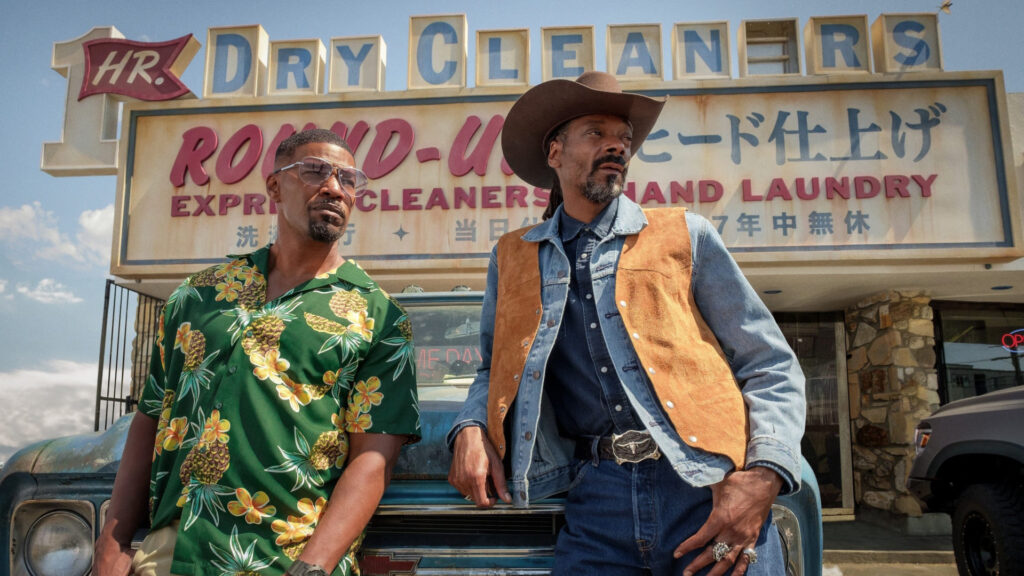
I will admit that I’m a bit of a sucker for vampire lore and stories about vampire hunters, so some of the things that might bother normals about this movie didn’t bother me that much. The info dumps about the different types of vampires are certainly clunky and not well incorporated, but I did find myself wanting to know more about the different types of vampires. Some lore was subtly incorporated, like the way vampire lairs tend to be over-air-conditioned – it’s never explicitly mentioned, but it’s communicated clearly in a visual way. On the other hand, the stuff about Union codes and business of vampire hunting is perhaps a little less effective. And the humor is, well, it’s no Munsters. The villain of the piece, a real-estate developer with ambition, doesn’t really do a whole lot for me either.
The action sequences are reasonably effective though, which is good, because that’s where this movie’s bread is buttered. There are obligatory action set-pieces at the beginning and end that are perfectly cromulent, but the real highlight comes about midway through the movie, when our vampire hunter hero, played by Jamie Foxx, links up with a couple of Armenian vampire hunters or something in order to take out a nest. It is, by far, the best sequence in the movie. The action is clear, well staged, well shot, and well choreographed. Scott Adkins plays one of the Armenian brothers, and he comports himself like the king of DTV action that he actually is. Unfortunately, that scene is only about 10 minutes of the movie and we never see Adkins’ character again. It really feels like the filmmakers knew the movie was flagging and they, like, saw Scott Adkins on an adjacent soundstage or something and were all, “Hey Scott, you wanna come over here and punch up a quick action scene?”
In some ways, this is rote, by the numbers stuff. Not really bad, it does have that one great sequence, but not especially great either. It fits the idea of a $100 million Netflix Programmer to a tee. The elements all feel like they came out of an algorithm, so they made it, it came out, and for a few days people were like, oh cool, a Jamie Foxx vampire hunter movie featuring Snoop Dogg and Dave Franco? I can put that on while I’m doing my laundry. Sadly, such is the fate of most Netflix programmers. **1/2
So there you have it, two movies destined to disappear into the algorithm forever. Perhaps in, like, 40 years, there will be some boutique physical media provider like Arrow or Scream Factory that picks through the carcass of the then-long-defunct Netflix and rescues some of these films from obscurity and puts out a pristine holographic print that will look great on our giant wall-sized screens and the special features will have some nerd going on and on about how Netflix financed their movies and why their budgets appeared high but comparisons to traditional theatrical films are not apples to apples. In the meantime, the Six Weeks of Halloween will march on this weekend with… hmmm, I haven’t quite decided yet. Golden Age Slashers? Killer Kids? Don’t? Only one way to find out!
